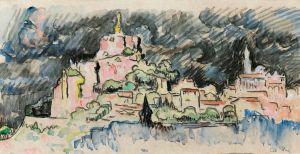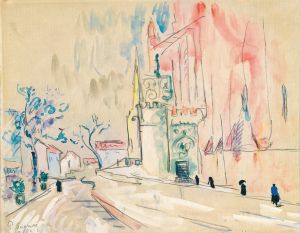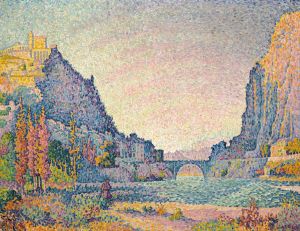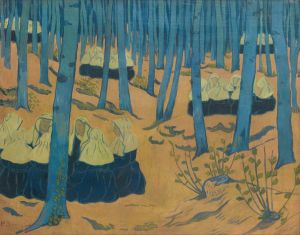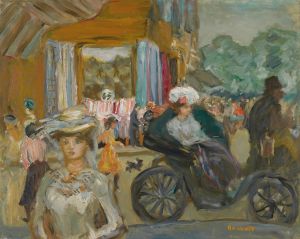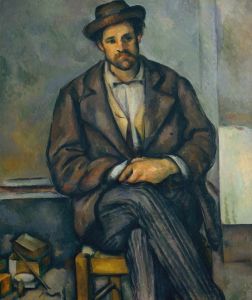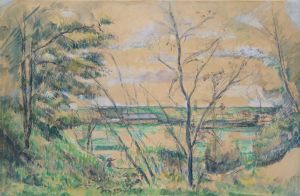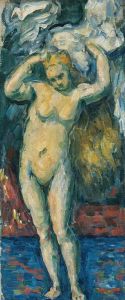
Abandoned House near Aix-en-Provence
A hand-painted replica of Paul Cézanne’s masterpiece Abandoned House near Aix-en-Provence, meticulously crafted by professional artists to capture the true essence of the original. Each piece is created with museum-quality canvas and rare mineral pigments, carefully painted by experienced artists with delicate brushstrokes and rich, layered colors to perfectly recreate the texture of the original artwork. Unlike machine-printed reproductions, this hand-painted version brings the painting to life, infused with the artist’s emotions and skill in every stroke. Whether for personal collection or home decoration, it instantly elevates the artistic atmosphere of any space.
Paul Cézanne's "Abandoned House near Aix-en-Provence" is a notable work that reflects the artist's deep connection to the region of Provence in southern France. Cézanne, who was born in Aix-en-Provence in 1839, often drew inspiration from the landscapes and architecture of this area, which played a significant role in shaping his artistic vision.
This painting is part of Cézanne's extensive exploration of the Provençal landscape, a subject he returned to repeatedly throughout his career. The work is believed to have been created during the later years of his life, a period when Cézanne was increasingly focused on capturing the essence of the natural world through a unique approach to form and color. His technique during this time involved the use of small brushstrokes and a palette that emphasized the interplay of light and shadow, which became a hallmark of his style.
"Abandoned House near Aix-en-Provence" exemplifies Cézanne's interest in the structural elements of the landscape. The painting depicts a solitary house, seemingly neglected and overgrown, set against the backdrop of the rolling hills and lush vegetation typical of the region. This choice of subject matter reflects Cézanne's fascination with the passage of time and the relationship between man-made structures and the natural environment. The house, with its simple geometric forms, serves as a focal point in the composition, drawing the viewer's eye and inviting contemplation of its history and place within the landscape.
Cézanne's approach to this painting demonstrates his innovative use of perspective and spatial organization. Rather than adhering to traditional linear perspective, he often employed a more dynamic and subjective viewpoint, which allowed him to convey a sense of depth and volume through color modulation and the juxtaposition of planes. This technique can be seen in "Abandoned House near Aix-en-Provence," where the interplay of colors and shapes creates a harmonious yet complex visual experience.
The painting also highlights Cézanne's evolving relationship with Impressionism and his role as a precursor to modern art movements such as Cubism. While he shared the Impressionists' interest in capturing the effects of light and atmosphere, Cézanne's work is distinguished by its emphasis on structure and form. His exploration of these elements paved the way for future artists to break away from traditional representational techniques and explore new ways of seeing and interpreting the world.
"Abandoned House near Aix-en-Provence" is a testament to Cézanne's enduring legacy as a pioneer of modern art. His ability to transform ordinary subjects into profound visual statements continues to inspire artists and art enthusiasts alike. The painting remains an important part of Cézanne's oeuvre, offering insight into his artistic process and his deep connection to the landscape of Provence. Through this work, Cézanne invites viewers to appreciate the beauty and complexity of the natural world, as well as the subtle interplay between human presence and the environment.





